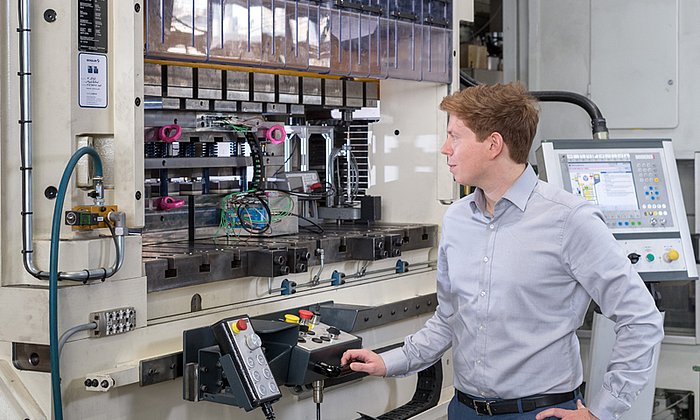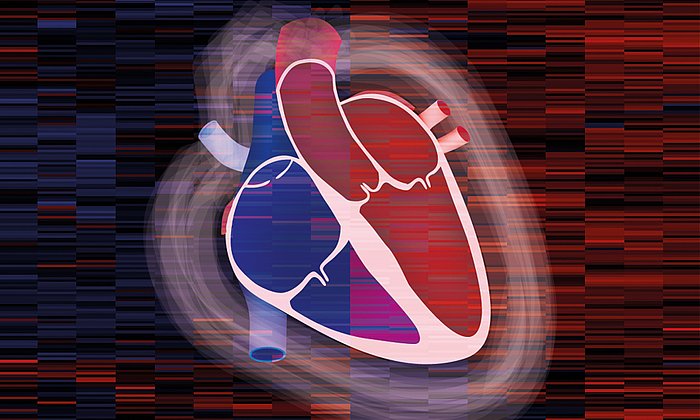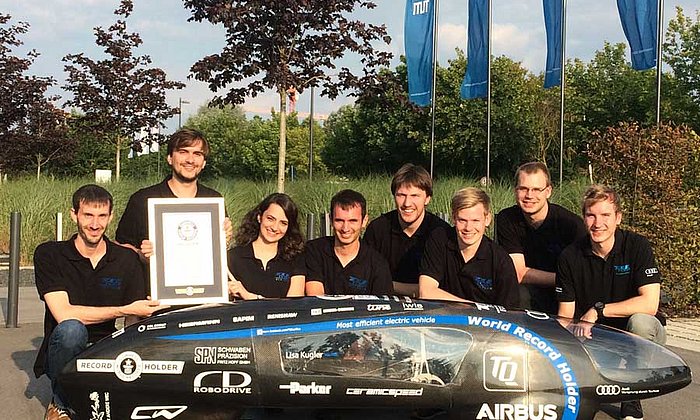Electric cars: No restrictions for patients with pacemakers and defibrillators
Pacemakers on a roller test bench
![[Translate to en:] Auf dem Rollenprüfstand der Technischen Universität München wurde untersucht, wie sich E-Autos auf Herzschrittmacher auswirken. (Bild: privat / DZHK) [Translate to en:] Ein Elektroauto auf dem Rollenprüfstand der Technischen Universität München.](/fileadmin/_processed_/0/7/csm_auto1_c2d8575e5a.jpg)
“We wanted to provide reliable evidence on the safety of electric cars for people with pacemakers and defibrillators. We thought it important especially to avoid unnecessary restrictions”, says Dr. Carsten Lennerz, a cardiologist at the Department of Cardiovascular Diseases at German Heart Centre Munich, hospital at the Technical University of Munich (TUM). After all, says Lennerz, electric cars are increasingly used in public and private transport. He therefore investigated what effects electric cars’ electromagnetic fields have on cardiac implantable electronic devices (CIEDs).
A Dangerous MisinterpretaTion
It is possible that the electromagnetic fields generated by electric cars are interpreted by the CIEDs as signals from the heart. Such misinterpretation could cause the devices to respond incorrectly; for example, the device could stop pacing and the heart’s pumping action would then no longer be adequately supported. Defibrillators could also mistakenly deliver shock therapies if the electromagnetic field generated by the car was misinterpreted as a ventricular arrhythmia.
In addition, such electromagnetic fields could even reprogram the CIEDs. However, his study of 108 patients with pacemakers or defibrillators gave no indication that electric cars interfered with the implanted devices’ function. The researchers at TUM examined four different electric cars; the ones with the largest European market share. The study was done without any financial support or influence of car manufacturers.
Ensuring Maximum performance
In contrast to previous studies in which cars were suspend above the ground with their engines running, the patients drove the electric cars on a roller test bench at the TUM engineering department. The scientists thus wanted to ensure the engines were performing at their maximum (this would not happen with suspended vehicles).
During this driving test, each patient’s electrocardiogram (ECG) was recorded to detect potential malfunctions of the pacemaker or defibrillator caused by electromagnetic interference. The strength of the electromagnetic field was also measured and compared to values recorded under real-world driving conditions. The researchers could thus show driving on the roller test-bench produced the same electromagnetic fields as would be experienced in real-life.
Strongest exposure while charging the car
Lennerz and his colleagues also measured the electromagnetic fields when patients charged the cars. “The cars’ are designed so that passengers are shielded from electromagnetic fields. Therefore, exposure when charging the cars is potentially more dangerous”, explains Lennerz. However, even then, no interactions with the CIEDs occurred.
“Although our investigations show malfunctions are very unlikely, a final ‘all-clear’ cannot be given”, says Lennerz, because electric cars and their charging technology are constantly advancing. Hence, maintained vigilance is required. Nevertheless, according to the Munich-based scientist, for current cars and charging technology, patients with pacemakers and defibrillators can use electric vehicles without concern.
Publication:
C. Lennerz, M. O'Connor, L. Horlbeck, J. Michel, S. Weigand, C. Grebmer, P. Blazek, A. Brkic, V. Semmler, B. Haller, T. Reents, G. Hessling, I. Deisenhofer, P. Whittaker, M. Lienkamp, C. Kolb. "Electric Cars and Electromagnetic Interference With Cardiac Implantable Electronic Devices: A Cross-sectional Evaluation". Annals of Internal Medicine. 2018. DOI: 10.7326/M17-2930
Contact:
Dr. Carsten Lennerz
Deutsches Herzzentrum München
Technische Universität München
lennerz@dhm.mhn.de
Technical University of Munich
Corporate Communications Center
- Paul Hellmich
- paul.hellmich@tum.de
- presse@tum.de
- Teamwebsite





